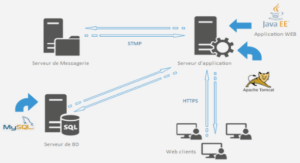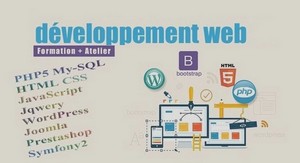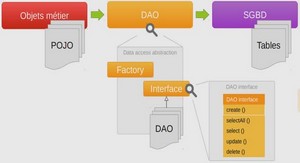Transitioning to the ESXi Hypervisor Architecture – What Customers Need to Know
AGENDA
- ESXi Convergence and ESXi Value Proposition
- Hardware Monitoring and System Management with ESXi
- Security and Deployment Options
- Command Line Interfaces
- Diagnostics and troubleshooting
- Answering common questions
- Resources and call to action
VMware vSphere 4.1 and earlier support two hypervisors architectures: VMware ESXi or ESX
First let’s clear the stage from some of the confusion that our complex product naming may generate. When you look at a VMware virtualization platform there are essentially 2 components: virtualization software (vSphere) and virtualization management software (vCenter). vSphere is what our customer purchase and install on servers to run VMs. It is available in many edititions at different price levels and functionality. vCenter provides centralize management and is necessary to take advantage of advanced vSphere features such as vmotion, HA, etc. Up until the current 4.1 release of vSPhere, when customer install vSphere today they have the option to deploy it using either the ESX and ESXi hypervisor architecture.
Converging to ESXi with the next vSphere release
- With the GA of vSphere 4.1 in July 2010 VMware officially announced that starting with the next vSphere our hypervisor architecture will converge to ESXi
- From the release note:
VMware vSphere 4.1 and its subsequent update and patch releases are the last releases to include both ESX and ESXi hypervisor architectures. Future major releases of VMware vSphere will include only the VMware ESXi architecture.
- VMware recommends that customers start transitioning to the ESXi architecture when deploying VMware vSphere 4.1.
- VMware will continue to provide technical support for VMware ESX according to the VMware vSphere support policy on the VMware Enterprise Infrastructure Support page.
- To learn more about the ESXi architecture and how to migrate from ESX to ESXi, go to the VMware ESXi and ESX InfoCenter.
Starting from the next release however vSphere will on be avilable with the ESXi hypervisor architecture. This slide shows the release note that we published when we launched vSPhere 4.1 last July. ESX will continued to be supported according to our standard policy, however we won’t develop it further and it won’t allow customers to take advantage of the new features that will be part of vSphere future releases. For this reason, as you can see from the note we recommend that any new deployment of vSPhere even in the current version are done using ESXi architecture and that customers migrate to ESXi with their upgrade vSPhere 4.1
New and Improved Paradigm for ESX Management
This chart shows the new and improved ESXi management paradigm and compares it to the one on ESX On the left. In ESX the service console used to provide all the functialities we needed for management. I split them up in 4 main caterogies: management agents for doing things like powering on/off VMs, back them up…..The frist thing I’d like you to notice is that for every item on the left there is a corresponding way of doing things on the right. This essentially means that today anything you can on ESX from a management stand point you can also do on ESXi. The second thing is this concept of agent-less CIM or API based monitoring that as we said is one of the key benefits of ESXi. We’ll discuss how thing works later on.
The Gartner Group says…
- “The major benefit of ESXi is the fact that it is more lightweight — under 100MB versus 2GB for VMware ESX with the service console.”
- “Smaller means fewer patches”
- “It also eliminates the need to manage a separate Linux console (and the Linux skills needed to manage it)…”
- “VMware users should put a plan in place to migrate to ESXi during the next 12 to 18 months.”





